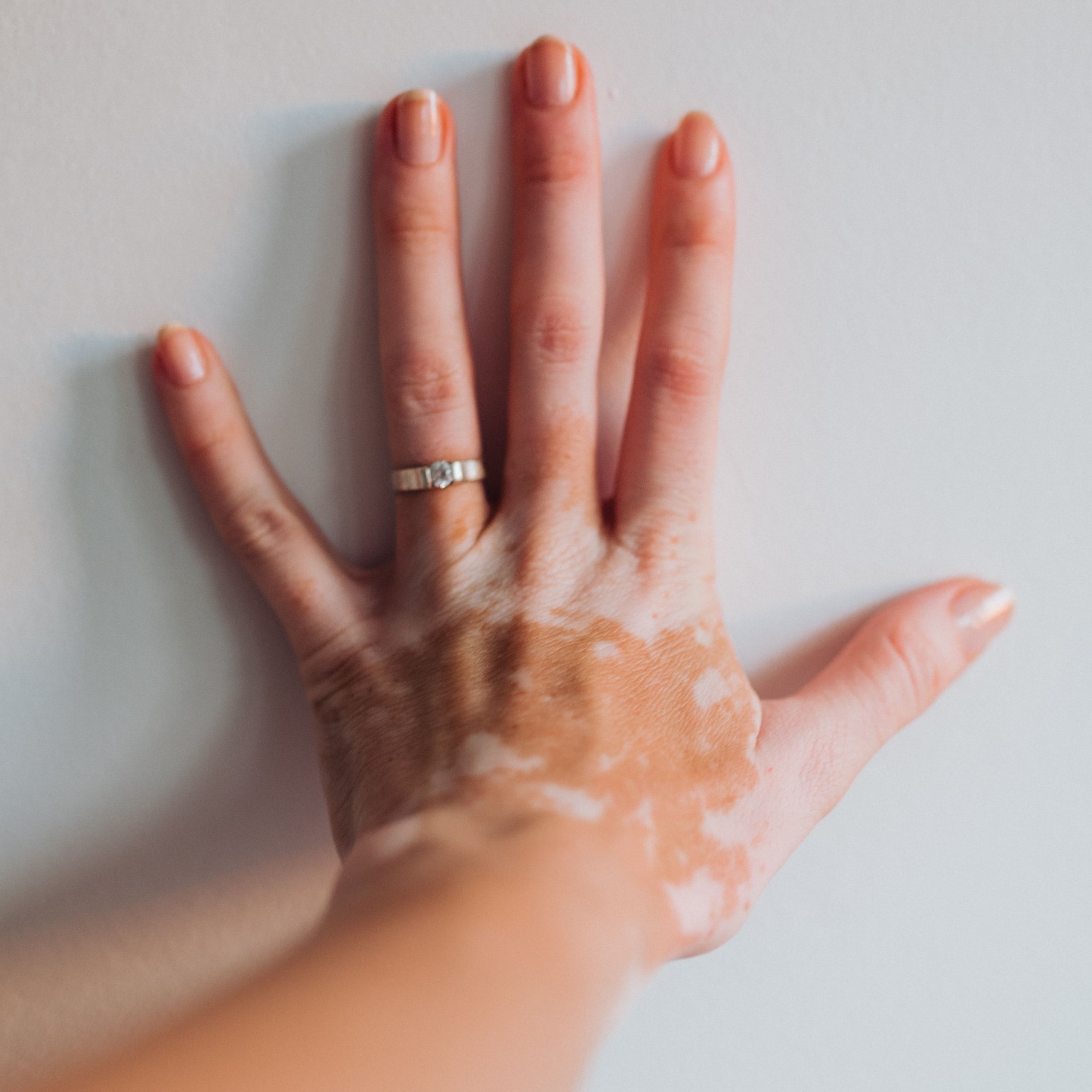Video
Combatting "Skyrocketing" Skin Cancer Rates with UV Safety Measures
Author(s):
Dr. Harold Edington gives an overview of Australia's public health campaign regarding UV safety, as well as the lessons Americans can take away from these measures.
If you’re interested in the benefits of ultraviolet (UV) safety measures, look no further than Australia, a country which, as Howard Edington, MD, of Alleghany Health Network explained in an interview with HCPLive, struggled with high skin cancer rates for years.
“Australia has extremely high rates of melanoma and skin cancer, to the point where this became an enormous public health issue with links to a lot of deaths of young people from skin cancer,” Edington said. “Australia is a country that is it gets a lot of sun, and it's populated by people like me, people of Anglo Saxon/Celtic background, and British types, which I am. I'm allowed to say this: we're not really built to take sun exposure, (so) it became very important for Australia to try and get a handle on the increasing cancer rates.”
In properly acknowledging the high death rates from sun exposure, the Australian government mounted a “huge public health measure” intended to increase awareness of the dangers of sun exposure. In time, the rate of cancer incidents began to drop.
But while the incidence of melanoma and skin cancer seems to be plateauing in Australia, Edington noted that they are “skyrocketing” here in the United States, with one recent article in the Journal of the American Medical Association predicting the melanoma will be the second most frequent cancer incidence by 2040, second only to breast cancer.
As to what could be done to reduce incidence of skin cancer and premature aging, Edington recommended a “multi-pronged approach” that included avoiding peak sun hours, utilizing protective clothing, and reapplying sunscreen throughout the day.
“Most of the measures are really fairly simple and not totally onerous; for example, my thought about golf at noon versus 5.” Edington said. “If it's a choice, go for 5. It doesn't require a lot of excessive testing or manipulation or taking drugs or anything of that nature. It's just a little behavior modification.”
To hear more from Dr. Edington on lifestyle modifications to avoid UV exposure, and the risk of premature aging from sunburn, please watch the full video interview above.





